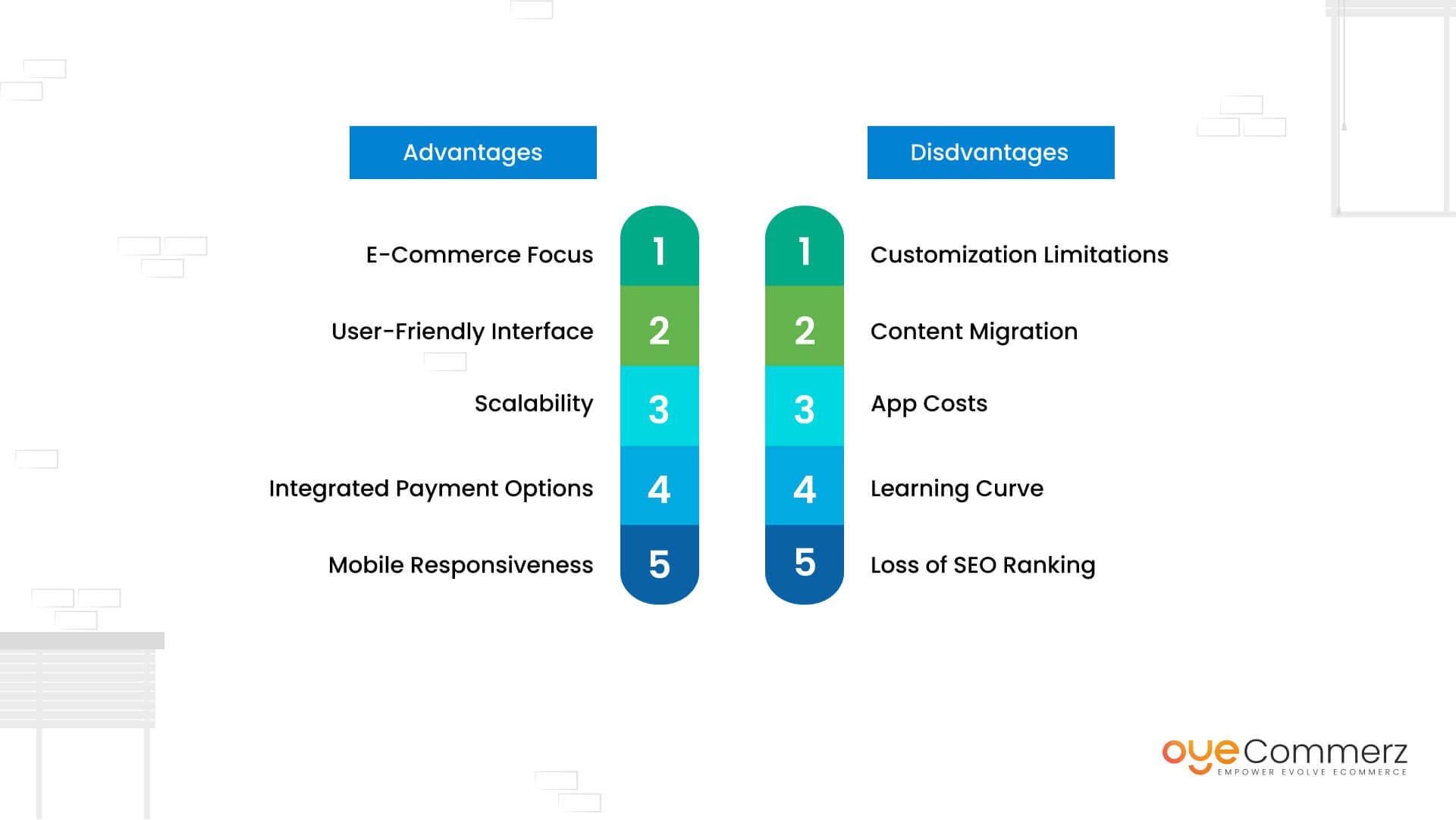Shifting from WP to Shopify is an exciting step in optimizing your online store operations. As companies grow, choosing a solution that aligns with scalability, UX, and flexibility becomes crucial. Shopify has emerged as a preferred choice for online merchants, providing unmatched adaptability, data protection, and user-friendliness. In this guide, we will delve into why this migration is a game-changer, highlight the advantages, and share actionable steps to facilitate a smooth move.
1. Why Switch from WP to Shopify?
WordPress, paired with WooCommerce, continues to support countless e-commerce platforms. Nevertheless, as companies scale, issues like plugin dependency, data risks, and technical complexities can hinder progress. Shopify, specifically created for digital retail, addresses these concerns with an all-in-one, intuitive solution. Statistics supports this shift—Shopify hosts over 4.4 million websites globally, with a documented 10% increase in sales conversion rates for numerous merchants after migration.
2. Key Benefits of Shopify for E-commerce Success
Shopify’s robust ecosystem caters for scaling businesses. Its notable features include:
- Effortless Design Flexibility: Shopify offers over 80 professionally designed themes.
- Built-in Features: Features like Shopify Payments and built-in SEO streamline operations.
- Global Reach: Multi-currency support and regional customization enable businesses to reach global markets.
Additionally, Shopify delivers an uptime rate of 99.98%, ensuring your website remains accessible.
3. Preparing for WordPress to Shopify Migration
Prior to starting the migration process, assess your current store. Analyze inventory details, client information, and SEO performance. Tools like Shopify’s Migration Kit or external tools help ease the transition. Create a comprehensive plan, ensuring all resources—item details, media files, and blog content—are optimized for transfer.
4. The Importance of Accurate Data Migration
Transferring your data forms the foundation for a successful platform switch. When migrating from WordPress to Shopify, focus on:
- Inventory Details: SKU, item summaries, and groupings.
- Customer Data: Emails, order history, and preferences.
- SEO Optimization: Preserve meta tags, URLs, and redirects to avoid SEO losses.
Use tools such as LitExtension to facilitate seamless migration while reducing mistakes.
5. Customizing Your Shopify Store
Post-migration, customizing your Shopify store ensures it aligns with your brand. Utilize Shopify’s drag-and-drop editor to create layouts with ease. Shopify's templates are optimized for all devices, providing a seamless UX across platforms—a key point, since 74% of online shopping is generated by mobile visitors.
6. How to Protect Your SEO Rankings When Switching Platforms
Search engine optimization is crucial for maintaining your visibility during migration. Shopify is highly optimized for search engines with organized link formatting, preloaded features, and smooth content management. Make sure you:
- Set up URL forwarding for existing links.
- Enhance updated content Shopify theme customization with keyword-rich content.
- Use Shopify's apps Plug in SEO to monitor performance post-migration.
7. Post-Migration Testing
Once the migration is complete, conduct thorough testing.
Check: - Page load times (Shopify delivers faster speeds in contrast with WP).
- Payment integration reliability and transaction flow.
- Adaptability across devices.
Testing ensures your store provides a smooth shopping journey from the start.
8. Real-Life Success Story
One such migration success story is Gymshark, a fitness apparel brand that moved Shopify migration process to Shopify. After the switch, the company saw a 60% increase in mobile sales and reduced site downtime. This highlights the capabilities of Shopify in enhancing e-commerce growth.
9. Challenges and Solutions
Migration is not without obstacles, such as information accuracy and reconfiguring custom functionalities. However, Shopify’s robust support and third-party experts simplify the process. Collaborating with experienced Shopify developers ensures a trouble-free transition.
10. Starting Your Journey with Shopify
Migrating from WP to Shopify marks a forward-thinking approach to online retail. By focusing on growth, simplifying management, and enhancing the customer experience, Shopify enables companies to thrive in competitive markets.
Final Thoughts
Switching from WordPress to Shopify offers a smart solution that can greatly enhance your e-commerce success. With a well-structured strategy, the right tools, and professional guidance, you can achieve new growth opportunities.
Excited to start the journey? Reach out today to learn how our Shopify migration services can transform your e-commerce platform. Get in touch today, or consider: Is it time to seize Shopify’s advantages for your store?
